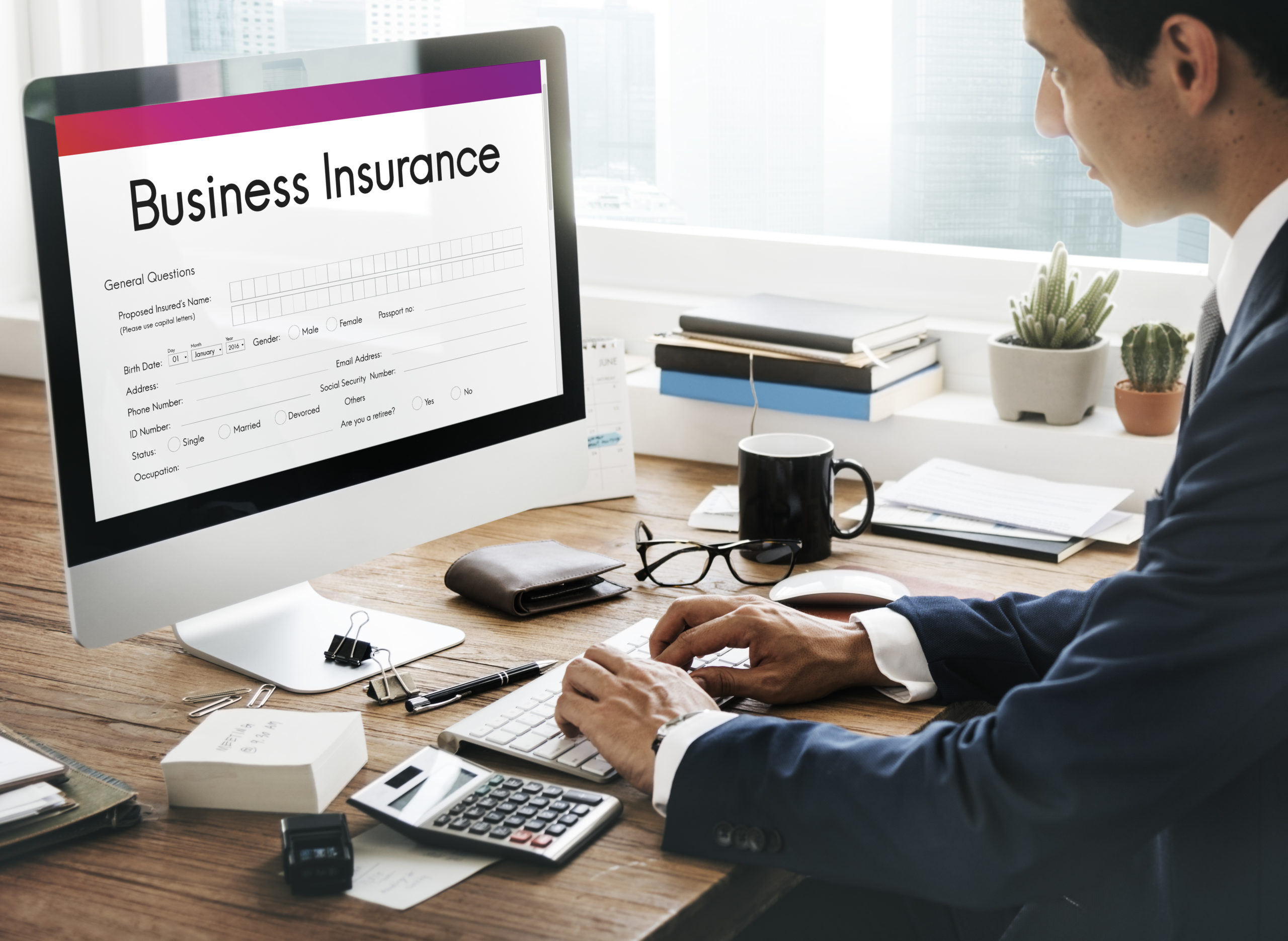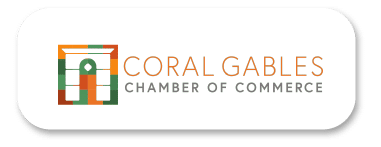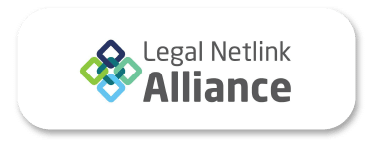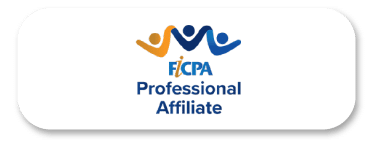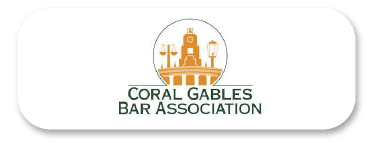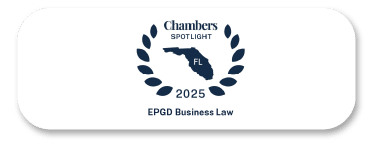What is Business Interruption Insurance Coverage?
Business Interruption Insurance Coverage is triggered when a disaster causes a suspension or reduction in business operations. This insurance is intended to restore the insured back to the position it would have been in had operations continued as expected, by covering the expenses and income loss incurred.
This type of coverage may be found in some commercial property insurance policies under the Property Coverage form. Nonetheless, many policy provisions exclude or limit coverage. In addition, even if a provision is not excluded, it may be capped by a monetary value or calendar deadline.
There are two types of “covered causes of loss”— “specific perils” listed as covered and “causes not excluded”. Insurance companies will pay for the physical loss of or damage to property caused by a covered cause of loss. Policy language is interpreted in the context of the entire policy; and courts typically construe policy language broadly, and in favor of coverage, while exclusions narrowly, and in favor of the insured.
Coverages that Apply to Business Interruption Claims
Primary coverages that apply in a Business Interruption claim include business income, extra expenses, contingent property interruption, and civil authority. Business income is the net income that would have been earned or incurred if the business maintained regular operations. Extra expenses are the necessary expenses incurred that normally would not have been incurred absent no direct physical loss of or damage to property. Contingent property interruption is net income loss caused by suppliers’ or customers’ business interruption. Lastly, civil authority is the net of lost income and extra expenses incurred due to a county, state, or federal order that restricted access to property as a result of the property’s dangerous physical conditions.
COVID-19 Pandemic
The question faced by most businesses today is whether the COVID-19 pandemic has caused a direct physical loss of or damage to the insured property. Insurers have exclusionary policies where they will not pay for loss, damage, and illness caused by any virus, microorganism, pollution, communicable disease, or civil authority. Thus, business interruption policies do not intend to provide coverage for communicable diseases such as COVID-19; and insurance companies maintain the position that business interruption policies do not provide coverage against a disease like COVID-19. As a result, Congress along with seven states have introduced legislation aimed at avoiding these insurance company exclusions. Ultimately, however, states cannot dwarf the Contracts Clause of the Constitution unless the contract offends public policy.
Business Interruption Claims Process and Calculation
The claims process is as follows. First, the insured must notify the company of a potential claim; and if it is untimely, the claim may be lost. The insurance company will then issue a claim acknowledgement letter and initiate an investigation. The insured has the burden of providing documentation of expenses and losses. Insureds should follow the Chain Rule, which states that the claim must link the physical loss or damage to the business income. For example, in an insured peril, where no exclusions apply, this includes: causes of physical loss or damage, causes business interruption, causes income loss or extra expense, and what is covered by the policy for the actual loss sustained for the indemnity period.
These calculations can be determined through either the Net Profit approach or the Gross Earnings approach. The Net Profit approach considers net income pre-tax that would have been earned, coupled with continuing costs and extra expenses. The Gross Earnings approach considers the difference between reduction in gross sales and non-continuing loss, plus extra expenses. To calculate, first isolate any peril and then determine what goods and/or services can no longer be sold/produced as a result.
The pertinent documentation you will need for your claim includes, but is not limited to:
- Financial statements
- Tax returns
- Profit/loss statements pre/post loss
- Budget projects pre/post loss
- Daily payroll reports
- Product reports
- Customer information reports
- Cancelled orders and/or shipments
- Invoices for extra expenses
In isolating the peril, it is imperative to consider the distinction between continuing costs and non-continuing costs. Continuing costs are not impacted by sales or product fluctuations (i.e. lease, mortgage, depreciation, interest, insurance, taxes, salaried employees, and ordinary payroll). Non-continuing costs are the costs that were avoided but would have been incurred had normal operations continued. These costs have to be deducted from the lost revenue (i.e. materials and suppliers for services, cost merchandise sold, marketing, payroll fringe benefits, and utility expenses).
Consider the following example:
- Net income that would have been earned: $20,000.00
- Continuing normal operating expenses: $17,500.00
- Extra expenses: $10,000.00
- Total claim: $47,500.00
An insurance company reserves the right to deny the claim. If no settlement can be reached, the insurance company will then issue a denial of coverage letter. At this point, the insured could file a breach of contract claim or bad faith claim. Strategies for successful business interruption claims include not combining insurance-related expenses with every day expenses and demonstrating enough support for the business interruption claim by performing lost income analyses and maintaining records.

